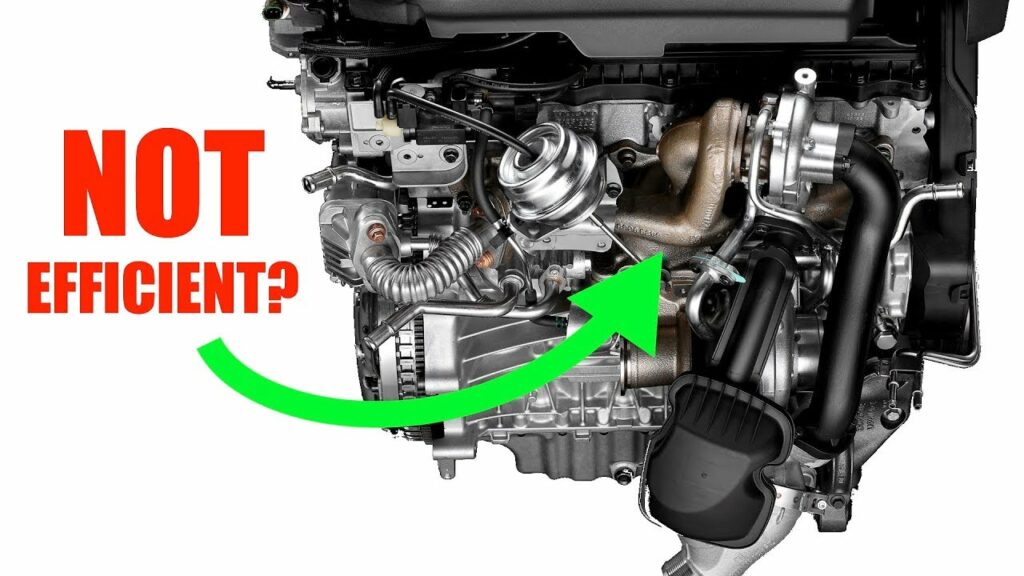Turbo Size Calculator – Find CFM & Pressure Ratio

This turbo size calculator gives the numbers you need to analyse turbo compressor maps so you can find a good turbo for your engine.
This calculator needs your engine capacity & your desired boost pressure in PSI at your desired RPM.
It outputs the pressure ratio, lbs/min and CFM numbers which can then be plotted onto turbo compressor maps. It will help you choose the correct turbo for your horsepower and boost pressure goals.
A list of worked example using this turbo calculator can be found here
Get DIRECT Access to This Calculator – App Download
Turbo Size Calculator – Using the numbers
When we obtain the pressure ratio and CFM and lbs/min numbers we can now look at turbo compressor maps to see which turbo will be most suitable for our application and goals.
Compressor Charts
Plotting The Line
Bolt the pressure ratio number and the CFM (or lbs/min) number into a compressor map graph for various RPMs. Plot multiple points to see where the turbo performs versus your requirements. We are looking for the line to be in the highest efficiency areas of the map for as long as possible. Generally speaking erring on the larger size of turbo is better than smaller.
Surge Line
Choose the RPM where you want to achieve full boost.
Plot the CFM number onto the compressor map graph.
Then draw a line from this point down to Pressure Ratio of 1 and a CFM of 20% of the maximum.
This line absolutely lie to the right of the surge line on the compressor map.
A steep surge line on a compressor map shows that a turbo will produce high boost pressure at low CFM flow rates.
A shallow surge line on a compressor maps shows that a turbo will not produce high boost at low CFM flow rates.
A/R Ratio
This is usually a trial and error process. Too big an AR ratio will feel sluggish, too small engine can be difficult to drive smoothly.
More Turbo Selection Info
Garrett has an excellent resource on their website detailing the technical aspects of a modern turbocharger
Books
Many of the calculators on StrikeEngine.com are based on formulas from Corky Bell's seminal book, Maximum Boost (any errors are mine). A must read for anyone interested/working on turbo systems. Book is out of print now, check Amazon to see if there is one available here.
And if you want to learn about engine tuning in general, Greg Banish's book Engine Management: Advanced Tuning is also essential reading in my opinion. He goes from the basics, to the things that the OEMs use in their engine maps. It's a brilliant book.
Stock/OE Turbos
Generally turbos supplied by the car manufacturer are hopelessly undersized. On a test drive they may feel fast but when you get used to the low down torque, exploring the upper reaches of the rpm range will reveal there is nothing less to give, the engine is being choked due to the small turbo. By fitting a larger turbo we will lose some low down torque but we will get it back at higher RPM, which give us more power, without necessarily increasing stress on the engine. A win-win.
Turbo Suppliers & Manufacturers
BorgWarner
Garrett
Turbo & Turbo Kit Manufacturers
Other Calculators
Some other calculators you can find on StrikeEngine


